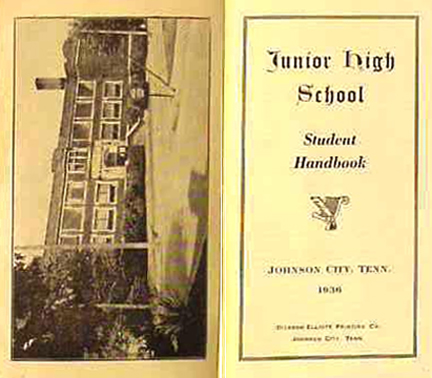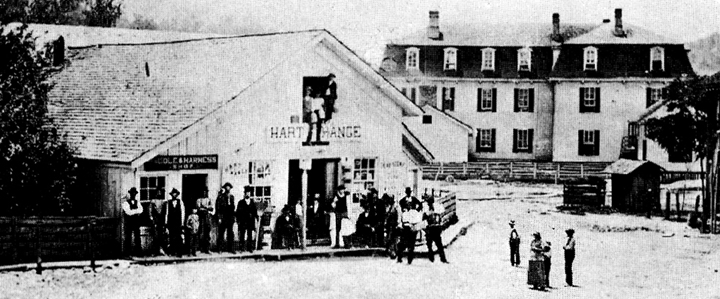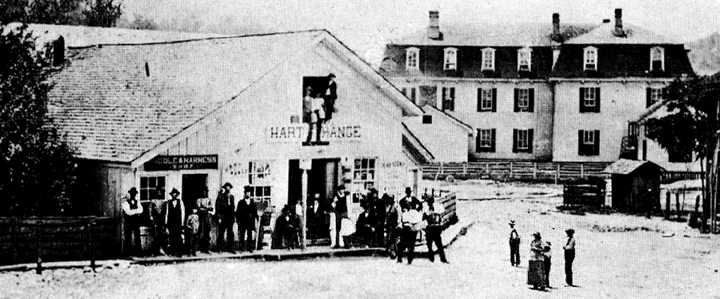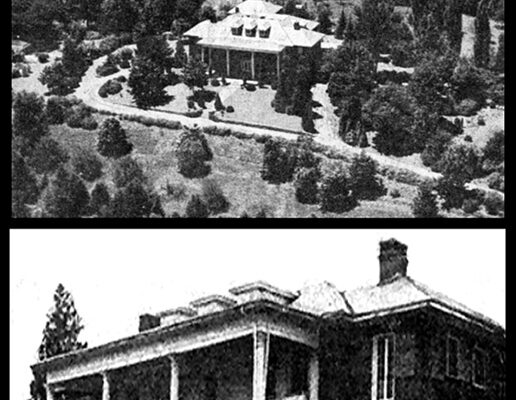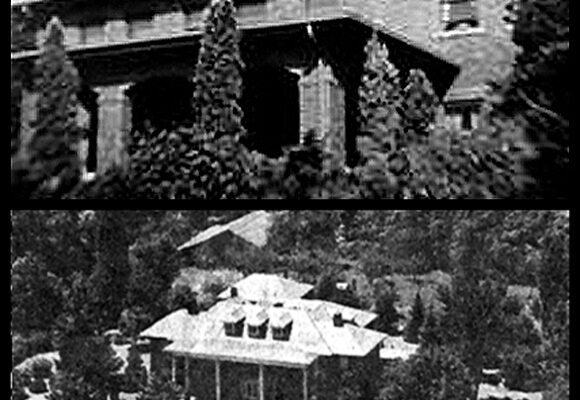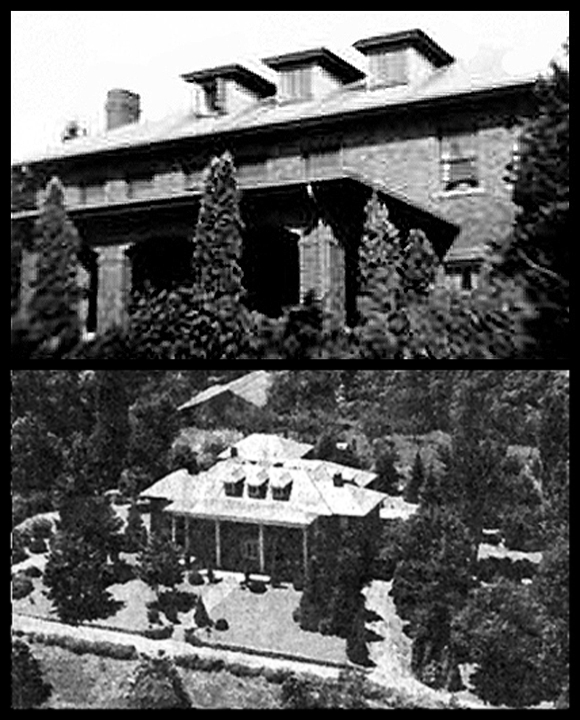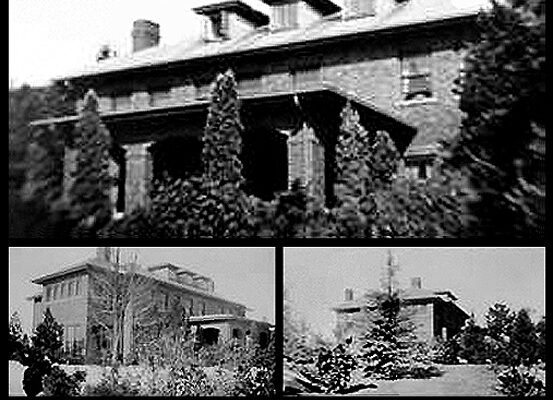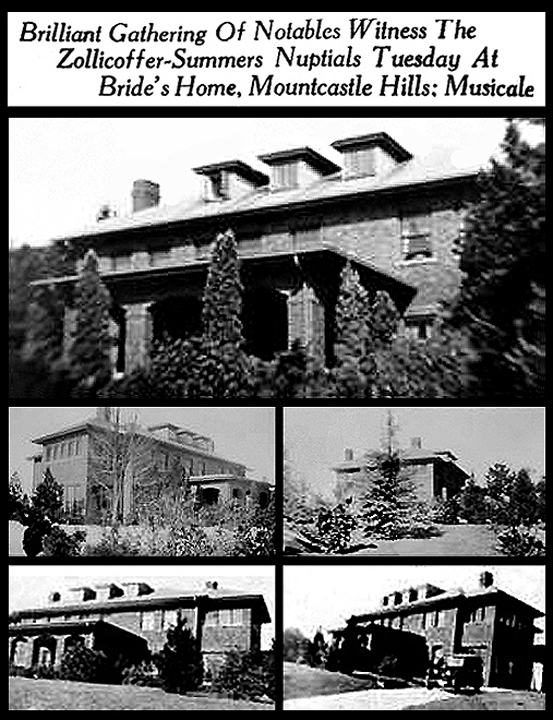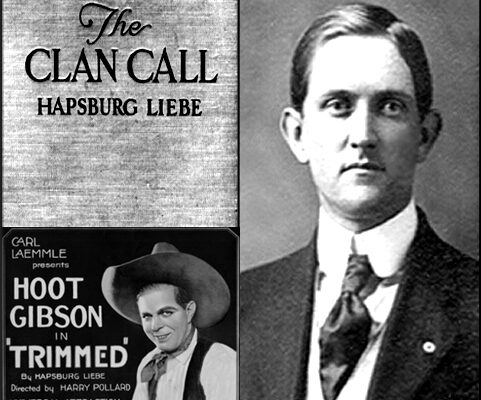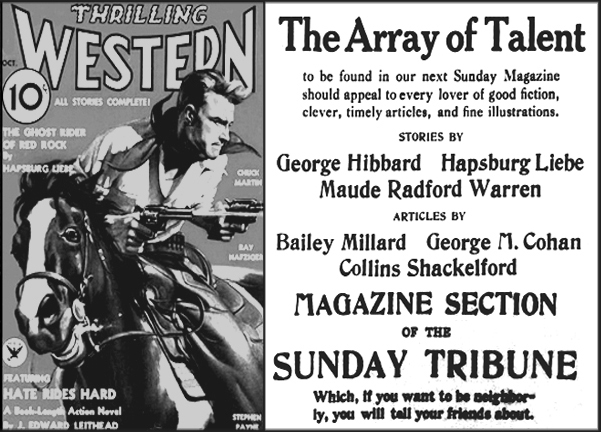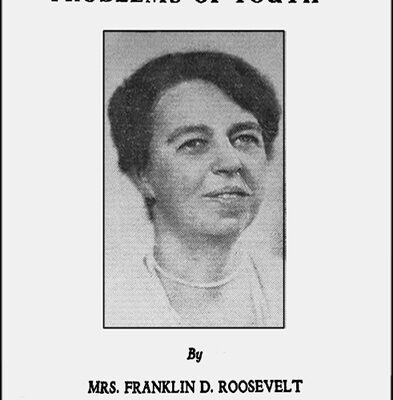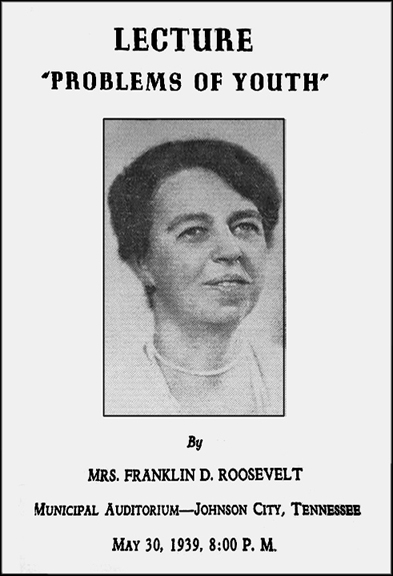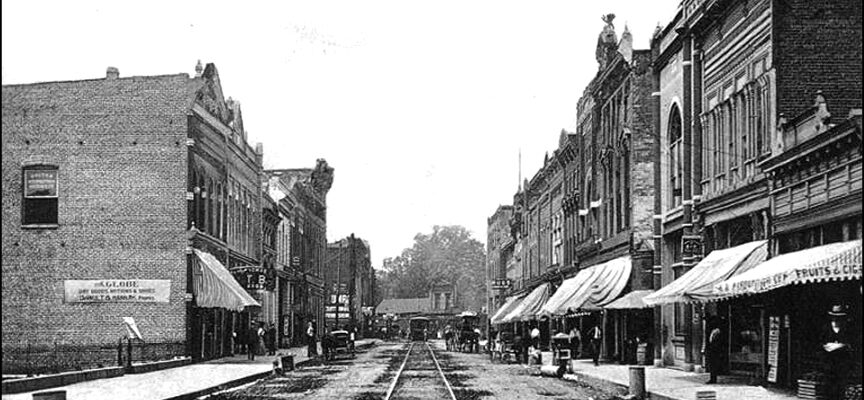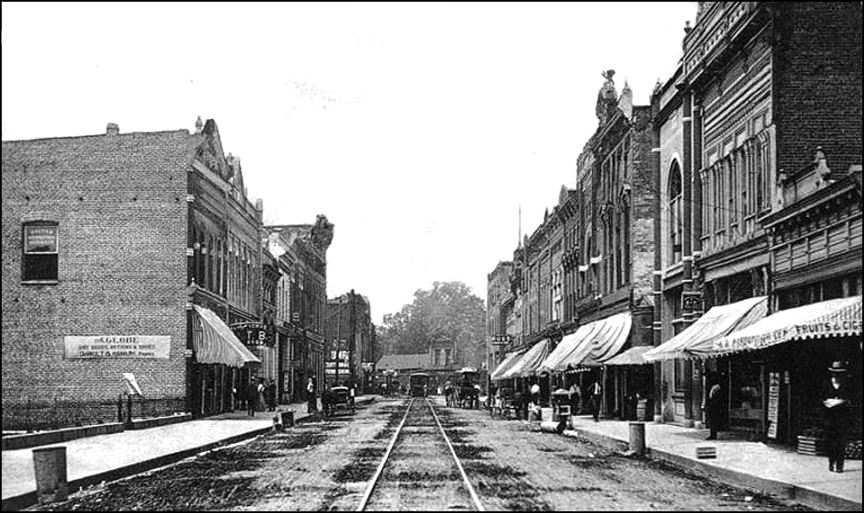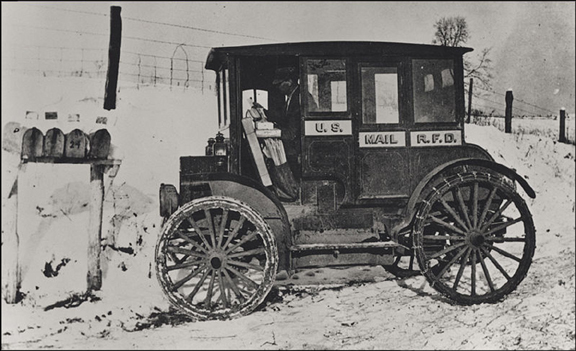On January 3, 1934, the Johnson City Staff-News announced a new comic strip page as part of a “New Deal” for its readers. The most significant one was the addition of “Popeye, the Sailor Man,” a highly popular feature that was incorporated in “Thimble Theatre,” a nationwide comic strip in early 1929. In time, Popeye prevailed and took over the title.
Other outstanding changes included “Jiggs” (and his wife Maggie from the well-liked strip, “Bringing Up Father), “Tillie the Toiler” (an attractive flapper who worked as a stenographer, secretary and part-time model for a women's wear company), Polly and her Pals” (a work that began as “Positive Polly,” who was a child of the woman's suffrage movement but soon was changed to include her “Pals,” who were family members) and the exciting adventures of “Brick Bradford” in the “The City Under the Sea,” an action-packed adventure serial of the “Tarzan” type. It even incorporated space travel similar to Flash Gordon.
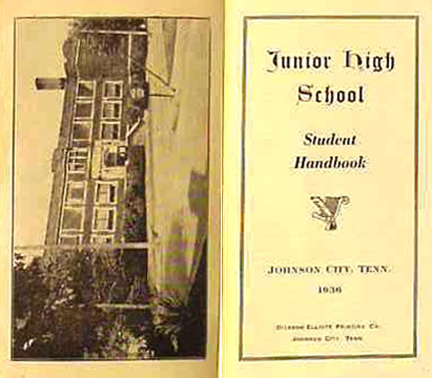
Approximately 140 pupils from the elementary schools of the city were promoted to Junior High School while a large number graduated from Junior High and advanced to the high school. For the first time in the history of the Johnson City school system, a mid year graduation was offered to high school students who completed the city, county and state requirements.
Receipts at the Johnson City post office showed a $9,713 decrease as compared to the prior year. The decline was explained by the fact that circulars and pamphlets, formerly sent through the mails with postage were being distributed by hand and placed in mailboxes without postage. This brought about an immediate announcement from the postmaster general in Washington that all persons distributing hand-bills and placing them in mail boxes would be subject to paying special postage. Regular postmen were required to accumulate the distributed items and return them to the post office for collection.
At the January meeting of the Board of Education, Miss Kathleen Conner was hired as a teacher for South Side School. Miss Hasseltyne Oaks, instructor of music, was granted a leave of absence for the remainder of the school year at her request to allow her to attend the Teachers College to further prepare herself for teaching music in the public schools. Miss Conner, a 1931 graduate of the State Teachers College, had done extensive substitution work in the city system and her work had been rated as superior. The changes were made by Roy G. Bigelow, acting supervisor of schools.
Miss Kathleen Cooper, a current teacher at the school was transferred to the music department to fill Miss Oaks’ position. She had assisted in the musical work of the school since coming to South Side and was well qualified to fill the position.
A hot stove collapsed at the Automobile Sales and Service Company at 103 Wilson Avenue, prompting a call to the Johnson City Fire Department. The firm, which sold DeSotos and Plymouths, was the former site of the Chevrolet Sales Company. Engine companies #2 and #4, ladder company #3 and salvage company #5 responded. Little damage was reported.
A golden eagle, said to be one of the few left of this magnificent bird, was released in the Great Smoky Mountains by park officials. The bird was captured on Ben Lomond Hill, Hydes Ferry Pike, located 12 miles from Nashville. Prior to its release, the bird was in good health and eating heartily.
And finally this jewel … The January meeting of the Washington County Medical Society met on that Tuesday evening at the John Sevier Hotel. Dinner was served at 7 p.m. in the Club Room, followed by the program and a business session at 8 p.m. Dr. Henry Cass and Dr. Edward West spoke on “Diseases of the Rectum” while Dr. Carroll Long and C. Ward Friberg chose “Biologic Test for Pregnancy.” Fortunately the meal was served before the talks.
